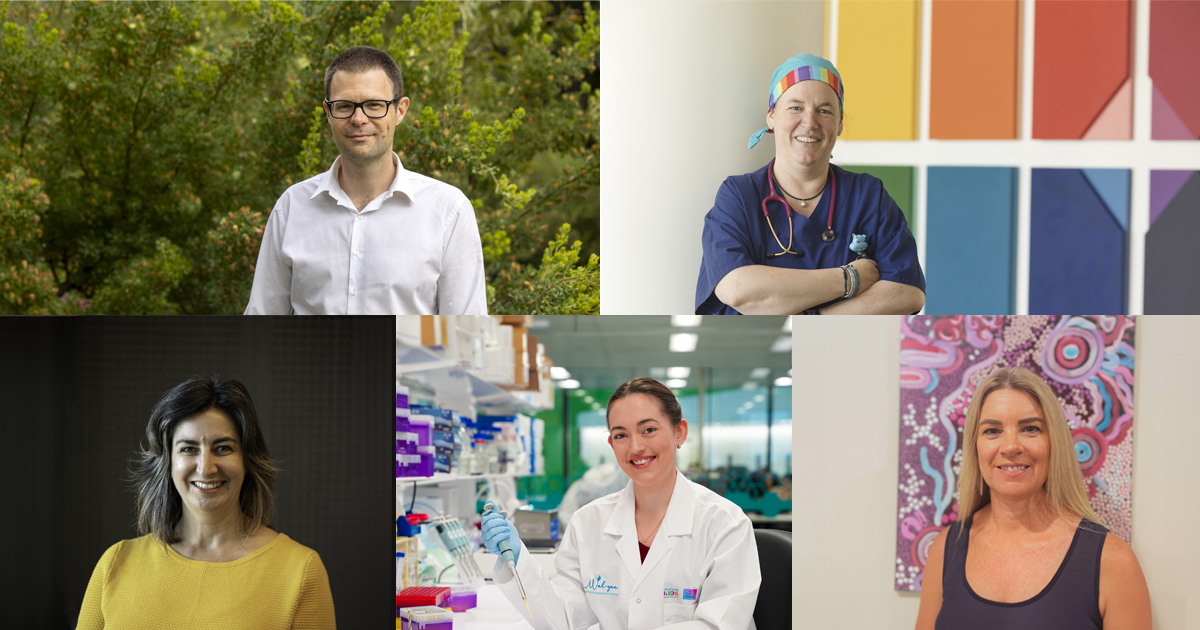Search
Research
Propofol, Anesthesia, and Neurocognitive Outcomes in Patients with Pediatric Leukemia: Are We Missing the Forest for the Trees?Britta Regli-von Ungern-Sternberg AM FAHMS MD, PhD, DEAA, FANZA Chair of Paediatric anaesthesia, University of Western Australia; Consultant
Research
Beta Agonists for Prevention of Respiratory Adverse Events in Children Undergoing Adenotonsillectomy: Long-Acting, Short Acting, or Not ActingAdenotonsillectomy is one of the most common surgical interventions in children, and while generally safe, it is associated with a risk of significant adverse events. In this issue, Kim et al report a prospective randomized controlled study comparing preoperative use of a tulobuterol (longacting beta agonist) dermal patch with placebo on the incidence of perioperative respiratory adverse events (PRAEs) in children undergoing adenotonsillectomy.
Research
Preoperative identification of children at high risk of obstructive sleep apneaObstructive sleep apnea poses as an anesthetic challenge, and it is a well-known risk factor for perioperative adverse events
Research
Assessment of different techniques for the administration of inhaled salbutamol in children breathing spontaneously via tracheal tubes, supraglottic airway devices, and tracheostomiesPerioperative respiratory adverse events account for a third of all perioperative cardiac arrests, with bronchospasm and laryngospasm being most common. Standard treatment for bronchospasm is administration of inhaled salbutamol, via pressurized metered dose inhaler. There is little evidence on the best method of attaching the pressurized metered dose inhaler to the artificial airway during general anesthesia. The aim of this study is to investigate the best method to deliver aerosolized salbutamol via pressurized metered dose inhaler to the lungs of an anesthetized child.
Research
Penicillin allergy SHACK: Survey of hospital and community knowledgePenicillin allergy accounts for the majority of all reported adverse drug reactions in adults and children. Foregoing first-line antibiotic therapy due to penicillin allergy label is associated with an increased prevalence of infections by resistant organisms and longer hospitalisation.
Research
Carbon dioxide monitoring in children—A narrative review of physiology, value, and pitfalls in clinical practiceContinuous capnography has been recognised as an essential monitoring device in all anesthetized patients, despite which airway device is in use, regardless of their location, as a measure to improve patient safety. Capnography is the non-invasive measurement of a sample of the exhaled carbon dioxide which has multiple clinical uses including as a method to confirm placement of a tracheal tube and/or to assess ventilation, perfusion and metabolism.
Research
Without training, they lacked knowledge. Without knowledge, they lacked confidence. Without confidence, they lacked victory (Julius Caesar)Britta Regli-von Ungern-Sternberg AM FAHMS MD, PhD, DEAA, FANZA Chair of Paediatric anaesthesia, University of Western Australia; Consultant
Research
Aerosolized drug delivery in awake and anesthetized children to treat bronchospasmBronchospasm is a common respiratory adverse event in pediatric anesthesia. First-line treatment commonly includes inhaled salbutamol. This review focuses on the current best practice to deliver aerosolized medications to awake as well as anesthetized pediatric patients and discusses the advantages and disadvantages of various administration techniques.
Research
Anaesthesia related mortality data at a Tertiary Pediatric Hospital in Western AustraliaAnaesthesia related mortality in paediatrics is rare. There are limited data describing paediatric anaesthesia related mortality. This study determined the anaesthesia related mortality at a Tertiary Paediatric Hospital in Western Australia.

News & Events
The Kids researchers named as finalists in 2023 Premier’s Science AwardsFive The Kids Research Institute Australia researchers working across diverse and highly impactful areas of child health research have been named as finalists for the 2023 Premier’s Science Awards.
